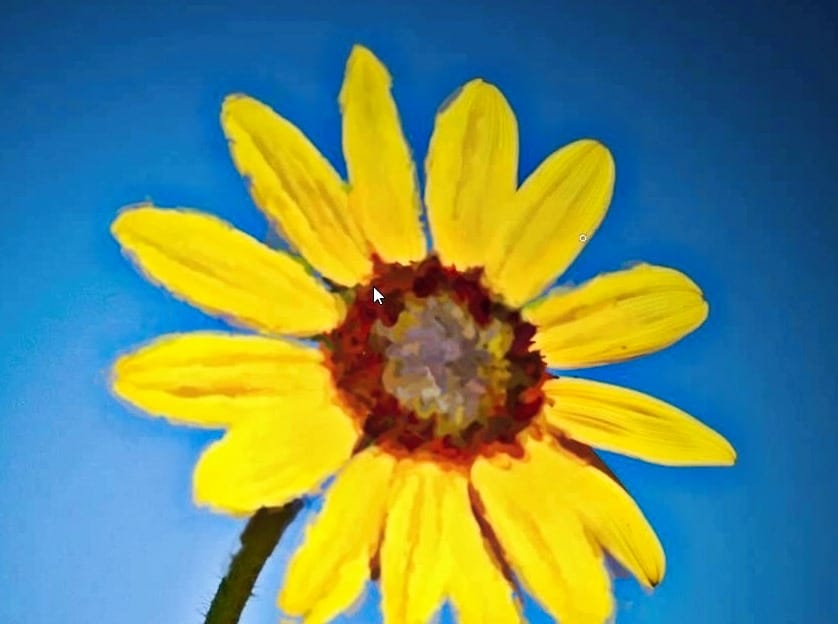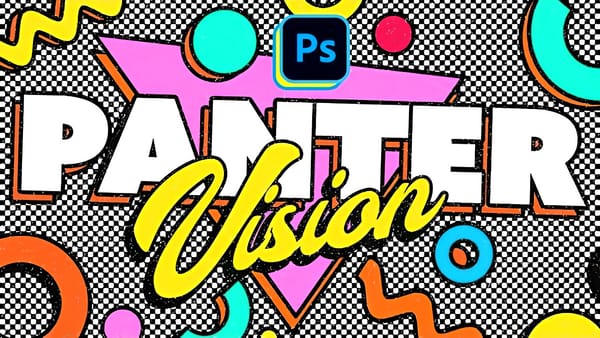In this tutorial, Julianne Kost will delve into an often-overlooked yet highly versatile tool in Photoshop CS5—the Art History Brush. This tool, which utilizes history states and snapshots, allows users to transform their images into stunning painterly effects. Julianne emphasizes that while the default settings of the Art History Brush may not showcase its full potential, exploring beyond these defaults can unlock a world of creative possibilities.
Julianne begins by demonstrating the basic functionality of the Art History Brush using a simple image transformation. She explains how the tool can be adjusted to create more intricate and abstract effects, far beyond what the default settings offer. By showing before-and-after examples, she illustrates the speed and versatility of the Art History Brush, turning ordinary photos into unique pieces of art. Julianne also highlights the importance of understanding history states and snapshots to effectively use the brush, ensuring viewers can follow along and experiment with their own images.
Moving deeper into the tutorial, Julianne explores advanced techniques, such as merging painted images with their originals and using different brush presets to achieve varied artistic styles. She provides tips on setting up and customizing brushes to create desired effects, and explains how to navigate potential pitfalls, like changing bit-depths or color modes. By the end of the episode, viewers will have a comprehensive understanding of the Art History Brush and be inspired to use it in their own creative projects, leveraging its full potential to craft visually striking artwork.














